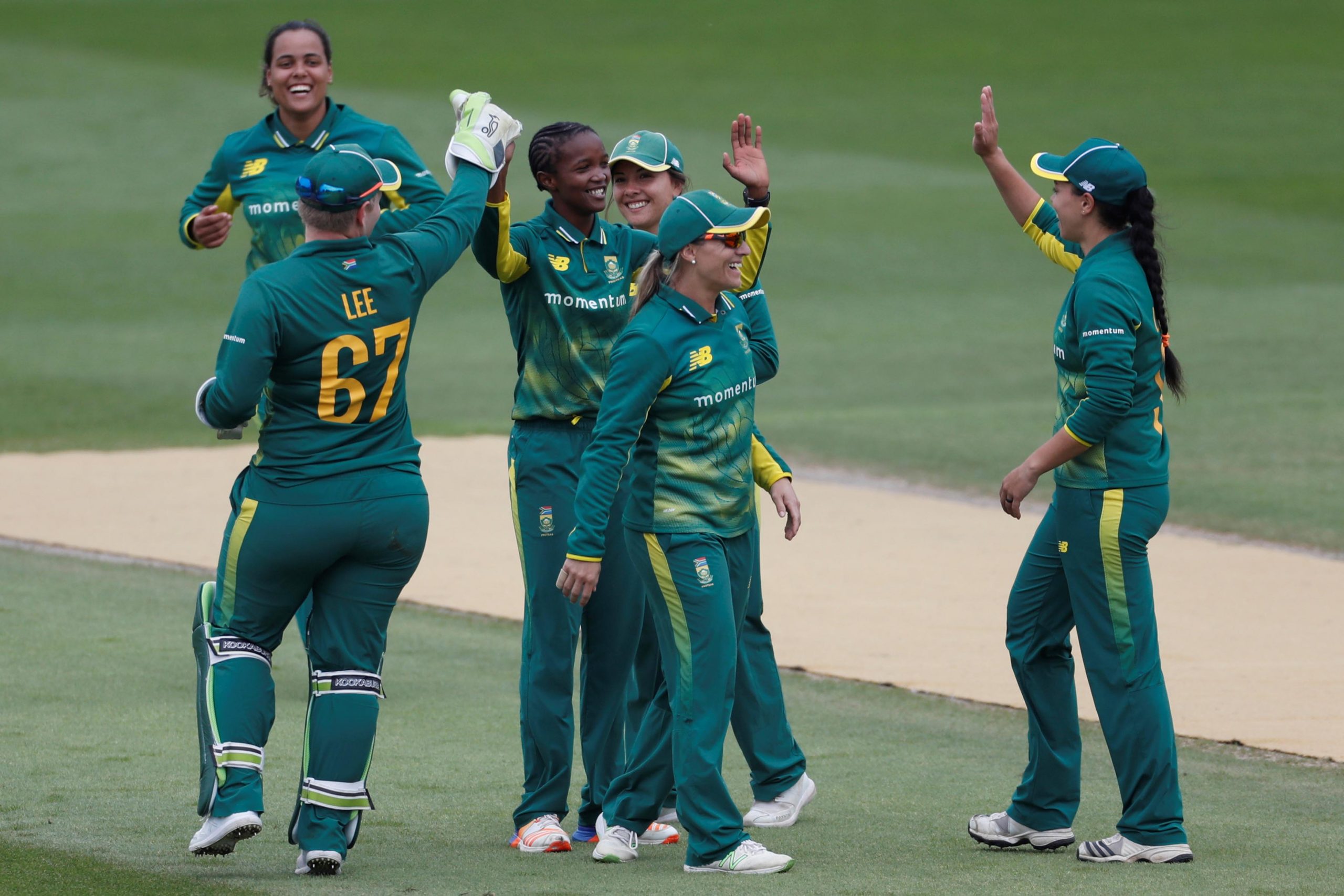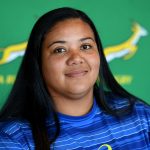Proteas Women’s coach searching for cricketing diamonds in India
The series in India is part of the South African national team’s preparations for the T20 World Cup. It comes at an exciting time for women’s cricket with its inclusion in the Mzansi Super League.…
Author:
1 October 2019

September is traditionally the tail end of monsoon season in India. It is a time of change, of rebuilding and looking ahead to what fruits the warmer climes might bring. Fittingly, the South African women’s cricket side landed in India in September determined to rain on the anticipated parade.
Coach Hilton Moreeng has already done that on a previous tour of India, so he knows the requirements well. South Africa is based in the Gujarat city of Surat, which was once a seaport of significant standing. These days, it is better known for its diamond industry, where these rarest of gems are cut and polished.
Given the ever burgeoning position of women’s cricket, Surat provides the perfect backdrop for a series that is of great importance to both countries. It is telling, too, that the first match – on 24 September, which the Proteas lost by 11 runs – was the first ever international in the city. There will be two more Twenty20 (T20) matches in Surat, following on from the games on 26 and 29 September that were rained out, before the cricket compass points them to Baroda, still in the well-heeled state of Gujarat, for the three one-day international matches.
It has been a busy period for Moreeng, with this series in India signalling the end of a winter that had seen much planning, playing against Pakistan and the emergence of the Women’s Mzansi Super League (MSL).
“That is a massive change for our game. To have the Women’s MSL gives us depth, and even more players are exposed to a higher level,” he says.
Moving with the times
India is the best place to heed lessons on the growing influence of women’s cricket. It is closer than ever to a Women’s Indian Premier League and its star players have a platform for change, in a country that once paid little mind to their needs and abilities.
The world is changing, and cricket is trying to move with the times.
The women’s cricketing landscape in South Africa has long been too bare, with the charm between the so-called provincial system and international cricket simply too vast. The MSL is now looking to bridge that gap, much like the men’s version has put the spotlight on fringe players.
Because of the much shorter fixture list for women’s cricket in South Africa, the MSL has been chopped up into several weekends that coincide with the build-up towards a tour or a tournament. The inaugural tournament weekend in August was a glimpse into what the future may hold for the women’s game.
“It is very important that the younger players challenge themselves against national players. So we are very happy at the number of youngsters that came through,” says Moreeng. “It is a really exciting time to be involved in women’s cricket.”
Related article:
The proof is in the names on his squad list. With a rash of senior players on the mend, Moreeng threw the net out wider and has backed some young blood to make an immediate impression.
“You look at Nonkululeko [Mlaba] and the way she has carried herself. She has seen what level is required, and stepped up,” he says of the KwaZulu-Natal starlet.
Mlaba and her new teammates spent 10 days at a training camp in Pietermaritzburg ahead of their trip to India. There, they were put through their paces extensively, with the oven-like heat of Maritzburg doing its best to resemble the harsh weather of India. More than that, though, the camp provided a chance for the squad to gel as one.
As their male counterparts are finding out, no player plays forever. Generations rise and fall, and the onus is on the leadership to always plan ahead.
“That is why it is so important that the next tier of players is identified,” says Moreeng.
World Cup preparations
Along with the new blood, there was also a welcome return to the squad for fast bowler Ayabonga Khaka and wicketkeeper batswoman Trisha Chetty after long-term injuries. Khaka, who last played for the national side in 2018, feared that her career might be over after undergoing shoulder surgery.
“It took longer than expected, to be honest, because first I was told three months, then it was six and so on,” the 27-year-old said. “A year later and I was still not back, so it’s been a difficult road. But I kept believing and here I am today.”
Khaka is crucial in a green attack, as Moreeng and his brains trust build towards the T20 World Cup in Australia next year.
“The prep for that started two years ago, hence the young faces. We said in 2017 that we had tournaments coming up, so we planned accordingly,” Moreeng explains.
Related article:
After the disappointment of last year’s T20 World Cup in the West Indies, where the team never really got going, they are now looking to rediscover the heights of 2017, when they were a whisker away from the World Cup final in England.
“I would say we are 90% where we want to be. There are not a lot of concerns and we still have another big tour in January, when we go to New Zealand,” he said. “All our injured players are due back in December, so we are well on our way.”
There are some massive destinations on the horizon but for now, the only thing occupying his mind is thriving once more in India. In India’s state of prosperity, Moreeng will be hoping that all he touches glitters like the rare gems found in Surat and its surroundings.
When the rains stop, of course.


